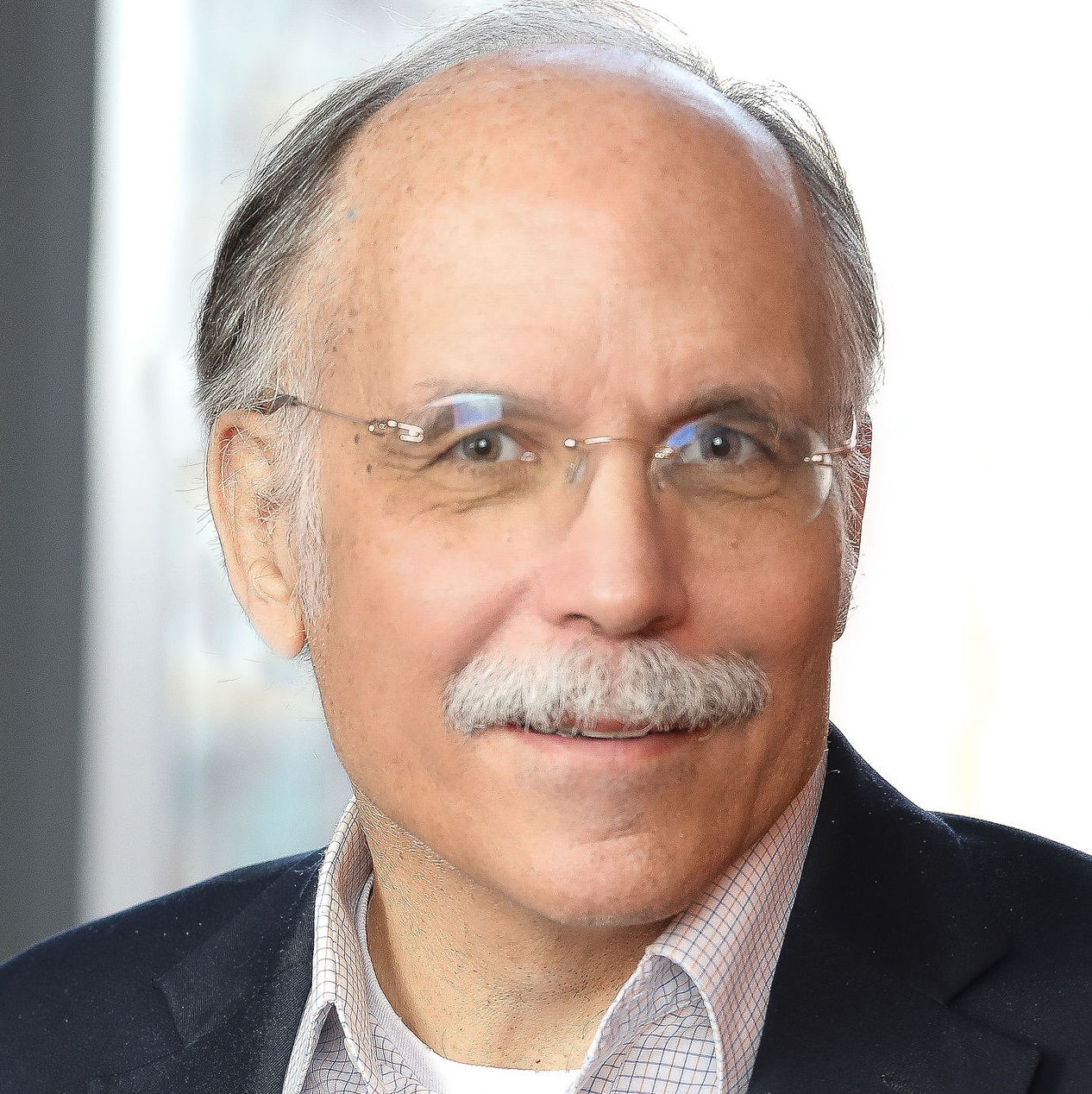Complexity Thinking. What is it?
There are many ideas and no clear consensus. Here’s how I have used the framework as a practitioner for over 30 years. I’ll start with why complexity thinking matters.
Humankind will be confronted with a perplexing array of wicked problems. These problems arise from a tangle of forces. They cannot be easily pulled apart.
Our search for “solutions” — better outcomes, results, performance — is open-ended and continuous. To power our search, we need stronger skills and practices.
DIG DEEPER: PERSPECTIVES ON COMPLEXITY THINKING
Complexity thinking is a framework, a perspective, and a stance that I take when confronted with a wicked problem. It embraces ambiguity, paradox, and both/and thinking. It strives for practical knowledge that is “good enough” to improve our situation.
Complexity thinking starts with understanding that our social world and connection to the natural world represent a series of open systems embedded in other open systems.
As we engage with these systems, we generate practical knowledge. We uncover patterns. We find better outcomes through a continuous process of disciplined, pragmatic inquiry.
With patterns, our sense of the system — and how we might guide it with our collective actions — becomes more coherent, understandable, and meaningful.
COMPLEXITY THINKING: 3 CONCEPTS
Here are three concepts that I use regularly.
Open Systems and Boundaries.– Open systems are open to the environment in which they are situated. Energy and information flow across boundaries. In other words, these boundaries are not fixed or impermeable. They are flexible and porous.
Where we draw these boundaries depends on our purpose. What challenges are we trying to address? What situation are we trying to improve? What future do we hope to design?
Dancing Landscapes and Disciplines. — Our social and natural worlds are formed from deep, interdependent forces. We operate each day on a dancing landscape. That means that our knowledge about this world is always shifting, never fixed. We can best find our meaning through disciplines that deliver coherence, meaning, and a sense of belonging. In other words, in our conversations and relationships.
Adjacent Possibilities and Recombinant Innovation.– We uncover better solutions by exploring adjacent possibilities. The process of recombinant innovation — what we capture with Strategic Doing — provides a simple, practical discipline to explore these possibilities.


The Founder of the Lab at UNA and co-author of Strategic Doing: 10 Skills for Agile Leadership, Ed’s work has focused on developing new models of strategy specifically designed to accelerate complex collaboration in networks and open innovation. He is the original developer of Strategic Doing.
